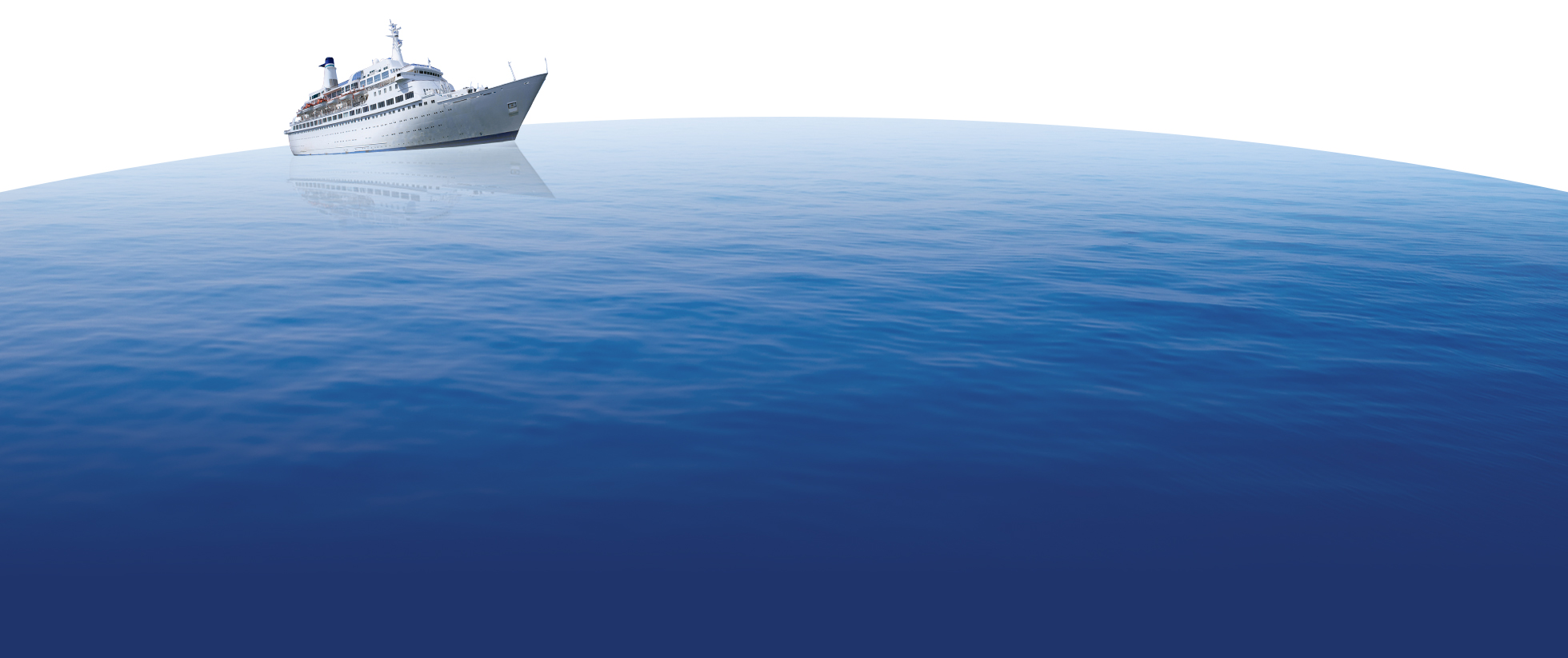Understanding the Dynamics of RMS Crew Change Japan: Key Facts and Insights
Introduction
Are you curious about the intricate world of change of crew dynamics in Japan's maritime industry? Look no further! In this blog post, we delve into the fascinating realm of RMS change of crew. Uncovering key facts and insights that will leave you captivated.
Whether you are a seasoned sailor or simply intrigued by the inner workings of this vital sector. Join us as we unravel the mysteries behind Japan's change of crew system and gain valuable knowledge along the way. Get ready to embark on an enlightening journey through this captivating topic!
Welcome to our blog, where we delve into the intriguing world of change of crew dynamics in Japan's RMS industry. Have you ever wondered how these vital shifts take place seamlessly amidst a backdrop of cultural nuances and logistical challenges?
Join us as we unravel the key facts and insights behind this fascinating process. Shedding light on the intricate tapestry that keeps Japan's maritime operations running smoothly. From exploring the unique traditions to understanding the latest trends. This article will equip you with a comprehensive understanding of RMS crew change Japan like never before. So fasten your seatbelts and prepare for an eye-opening journey into this captivating realm!
Introduction to RMS Crew Change Japan
RMS change of crew in Japan is a process that enables international shipping companies. To manage their vessel operations in compliance with the country's maritime regulations. It is a requirement for all foreign-flagged vessels entering Japanese waters. To have a local agent who can coordinate the change of crew process and ensure all documentation is in order.
1) Appointing a local shipping agency: International shipping companies. Must appoint a local agent in Japan who will be responsible for coordinating the change of crew process. The agent will liaise with the ship's captain, port authorities and other relevant parties. To ensure all necessary documentation is in place and that the process runs smoothly.
2) Notifying port authorities: Once the local agent has been appointed, they will need to notify the port authorities of the impending crew change. The notification must include details such as the vessel's name and flag, expected arrival date. Planned departure date and number of crew members who will be disembarking/embarking.
3) Coordinating with ship's captain: The local agent will coordinate with the ship's captain to arrange for the safe transfer of crews between vessels. This may involve arranging for pilotage services, mooring arrangements and other logistical matters.
4) Completing documentation: Final step in the RMS change of crew process is to complete all required documentation. This includes ensuring that each crew member has a valid seaman's book, passport and visa
Overview of the Challenges and Opportunities of RMS change of crew in Japan
-
Blog article "Understanding the Dynamics of RMS change of crew in Japan: Key Facts and Insights". Provides readers with an overview of the challenges and opportunities of RMS change of crew in Japan. As the world's largest economic power. Japan presents a unique set of challenges and opportunities for those involved in RMS change of crew.
-
First challenge is the language barrier. Japanese is a difficult language to learn, and few foreigners are fluent in it. This can make communication difficult, especially when dealing with official documents or meeting with government officials.
Another challenge is the cost of living in Japan. While salaries are generally high, the cost of living is also high, particularly in major cities like Tokyo. This can make it difficult to save money or meet other financial goals.
-
Reduced shipping time: Compared to other modes of transportation, sea freight can take less time to deliver your shipment to its destination.
-
However, there are also many opportunities for those willing to take on the challenges of RMS change of crew in Japan. The country's large economy means that there is a great demand for qualified workers. And salaries are often commensurate with experience and skillset.
-
Additionally, Japan is home to some of the world's leading companies and organizations. Providing ample opportunity for career advancement.
-
Ultimately, whether or not RMS crew change Japan is right for you will depend on your own circumstances and goals. However, if you are willing to take on the challenges, there are also many rewards to be had.
Key Regulations and Requirements for RMS change of crew in Japan
In order to ensure the safety of its crews and vessels, Japan has put in place a number of regulations and requirements for RMS change of crew.
-
All RMS crew members must undergo a medical examination before boarding a vessel in Japan. This must be conducted by a doctor appointed by the shipping company, and the results must be sent to the maritime administration.
-
RMS crew members must also hold a valid Certificate of Proficiency in Survival Craft and Rescue Boats (SCRB) issued by an accredited body.
-
An approved security plan must be in place for all vessels entering Japanese waters. This must be approved by the Japanese Maritime Safety Agency (MSA).
-
All RMS crew members must have completed a basic familiarization course approved by the MSA. Which covers topics such as firefighting, first aid, and abandon ship procedures.
-
Minimum age for all RMS crew members is 18 years old.
Different Approaches to RMS change of crew in Japan
There are different approaches to RMS change of crew in Japan. The most common is the use of a charter flight, which can be arranged by the employer or the employee. Other options include using a regular commercial flight or taking a ferry.
-
Charter flights are typically the most expensive option. But they offer the advantage of being able to schedule the flight around the needs of the employer and employees. Regular commercial flights are usually less expensive, but they may not be as convenient. Ferry service is typically the least expensive option, but it can be slow and may not be available on all routes.
-
Employers should consider the costs and benefits of each option before deciding which approach to take. Employees should also be aware of their rights and responsibilities when it comes to crew change Japan.
Benefits of RMS change of crew in Japan
There are many benefits of RMS change of crew in Japan. Perhaps the most significant benefit is that it allows for a more efficient and cost-effective operation of a ship. By using an RMS, the ship's captain can save on both time and money spent on change of crew.
Another important benefit of RMS change of crew in Japan is that it helps to improve safety onboard a vessel. This is because an RMS can provide a safe and controlled environment for the transfer of personnel between ships. Additionally, an RMS can help to ensure that all necessary safety procedures are followed during a change of crew.
RMS change of crew in Japan can also help to improve communication and coordination between different ships. This is because an RMS can act as a central hub for information exchange between vessels. By using an RMS, ship captains and crews can stay up-to-date on the latest information regarding their respective vessels' operations.
RMS change of crew in Japan can be a very beneficial process for your organization.
Here are some key facts and insights that will help you understand the dynamics of RMS change of crew in Japan:
Help improve communication and coordination between your organization and the Japanese government.
Improve the efficiency of your operations by providing better management of resources and personnel.
Provide an opportunity for your organization to build stronger relationships with the Japanese maritime community.
Potential Pitfalls of RMS change of crew in Japan
First, it is important to note that the Japanese Ministry of Land, Infrastructure, Transport and Tourism (MLIT) requires all ships entering Japanese waters. To have an up-to-date International Safety Management (ISM) Code Certificate. Without this certificate, a ship will not be allowed to enter port.
Secondly, as part of the RMS change of crew process, each seafarer must undergo a pre-employment medical examination (PEME). PEME requirements vary by country, but in general, seafarers must provide a chest x-ray and basic blood tests.
While most PEMEs can be completed within one day, some may require additional testing or take longer to complete. It is important for ship owners and operators to be aware of the potential cost implications associated with RMS change of crew in Japan.
While there are no official fees charged by the MLIT or other government bodies for RMS change of crew in Japan. Ship owners and operators may be required to pay for certain services related to the process (e.g., PEME costs).
In addition, as Japan is not a signatory to the Maritime Labor Convention (MLC), 2006. There are no minimum wage requirements for seafarers working in Japanese waters. As such, ship owners and operators may need to pay higher wages in order to attract and retain qualified seafarers for their vessels.
Crew change in Japan
As the COVID-19 pandemic continues to spread throughout the world. Many countries are imposing travel restrictions and quarantine measures in an attempt to contain the virus. This has had a significant impact on maritime operations, with crew change in Japan becoming increasingly difficult to carry out.
-
Japan is one of the countries that has been most affected by the pandemic. And as a result, crew change in Japan have become very challenging. In this article, we will take a look at the key facts and insights surrounding crew change in Japan. And how Japanese maritime companies are dealing with the situation.
-
Main challenge associated with crew change in Japan is the 14-day mandatory quarantine period that all incoming sailors must undergo. This quarantine period can only be carried out in designated hotels or facilities, which are often located far from port cities. As a result, change of crew can be logistically challenging and expensive to carry out.
-
However, sea freight has its disadvantages as well. Shipping costs are high, which means that not all products can be shipped this way.
-
Many Japanese maritime companies have been forced to cancel or postpone planned change of crew due to the difficulties involved. Others have been able to find creative solutions. Such as using private charter flights to transport sailors directly from their home countries to Japan. However, these solutions are often not possible for smaller companies due to the high cost involved.
Best Crew Change Company in Japan
As the world leader in maritime services, we provide a full range of Best Crew Change Company in Japan. We have an extensive network of offices and representatives in all major Japanese ports, and our local staff are experts in the specific requirements of each port.
We understand the unique challenges of RMS Best Crew Change Company in Japan, and our experienced team will work with you to ensure a smooth and successful transition.
Here are some of the advantages and disadvantages of using sea freight from UAE to Thailand:
Best Crew Change Company in Japan offer a complete range of services, including:
a) Pre-departure briefings.
b) Visa and travel assistance.
c) Airport transfers.
d) Hotel accommodations.
e) Ground transportation.
f) Food and beverage service.
Japan Crew change
A Japan crew change is a process whereby a new set of personnel arrives in Japan to replace the existing set. This process typically takes place every few months, although the specific frequency may vary depending on the needs of the company.
Schedule: It is important to ensure that there is sufficient time between the arrival of the new crew and the departure of the old crew. This will allow for any necessary training or orientation to take place.
Location: The location of the change of crew will need to be convenient for both sets of personnel. Consideration should also be given to any travel restrictions that may be in place.
Costs: There can be a significant cost associated with changing crews, particularly if air travel is required. It is important to obtain quotes from multiple suppliers in order to get the best possible price.
It is estimated that about 95% of the world’s seafarers are from developing countries. The International Maritime Organization (IMO) has adopted the Seafarer's Code of Conduct. Which seeks to improve conditions for all seafarers regardless of their nationality, race or creed.
Code sets minimum standards for ship owners and manning agencies in the areas of recruitment. Working conditions, wages and hours of work, shore leave, repatriation and social security.
In Japan, there are two types of change of crew that take place: port-based and airport-based. Port-based change of crew are more common and usually involve the entire crew being replaced at once. Airport-based change of crew are less common and usually involve only a few members of the crew being replaced at a time.
There are a few key things to keep in mind when planning a change of crew in Japan.
RMS Crew change in Japan
RMS is committed to the safety and wellbeing of our seafarers. And we have therefore implemented a series of measures to protect our crews during their time in Japan. One of these measures is to change our crews on a regular basis so that they can rest and recuperate between voyages.
-
We have put together some key facts and insights about RMS crew change in Japan. To help you understand the process and what to expect.
-
RMS change of crew usually take place in Tokyo, Osaka or Nagoya.
-
Process usually takes around 2 days from start to finish.
-
Crew members will be taken care of by our experienced staff throughout the process.
-
All accommodation and travel costs will be covered by RMS. Crew members will be given a per diem allowance for food and incidentals.
Conclusion
We hope this article has been insightful in helping you understand the dynamics of RMS change of crew in Japan.
Key facts and insights provided here demonstrate that there are a number of important considerations. To take into account when planning for your change of crew process.
From understanding local regulations to taking advantage of modern technologies.
Right approach can go a long way towards ensuring a successful transition period. And effective collaboration with all parties involved.
With careful consideration and preparation, you will be able to move forward without any problems or delays.
FIGURES AT A GLANCE ABOUT RMS
29
Years of History
1000+
Employees
15
Offices Worldwide
35000M²+
Warehouse
10
Workshops
100+
Professional
Technicians
3400M²
Dry Food
Warehouse
1500M²
Cold Storage
Facilities
20,000
Avg. Ships
Supplied/Year
2500+
NB Initial Supply
China: RMS Marine Service Company Ltd.
Korea: ACE-RMS Marine Service Co., Ltd.
Singapore: RMS Marine & Offshore Service (S) Pte Ltd.
Europe:RMS Marine Service B.V.
We are committed to achieving total customer satisfaction and aiming to be your Reliable &
Responsive partner in marine and offshore and cruise industry. We focus on expertising and
diversifying our services and products to create the best value for our clients consistently,
whilst fulfilling our responsibility to society and environment.














 Hotlines for RMS Group:
Hotlines for RMS Group: